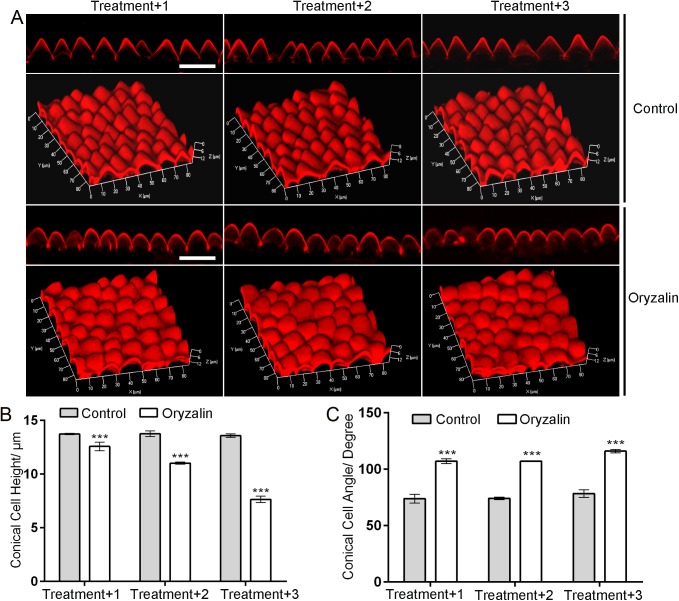Fig 7. Depolymerizing microtubules causes increased expansion of conical cell apexes.
(A) Example confocal images of wild-type conical cells with or without oryzalin treatment. Floral buds at stage 8 that had flat epidermal cells were immersed in a solution containing 30 μg/ml oryzalin for 5-min treatment. To prevent repolymerization of the microtubules, the same treatment was repeated 24 h later for another two times. Three situations were investigated, where the floral buds were treated by oryzalin or DMSO control for one time (Treatment+1), two times (Treatment+2), or three times (Treatment+3), respectively. Application of DMSO solution was set as control treatment. The mature petals at stage 14 were used for cellular phenotype analyses. Scale bars = 25 μm. (B and C)Quantitative analyses of wild-type conical cells with or without oryzalin treatment. For quantitative analyses of cell heights (B), two-way ANOVA followed by Sidak's multiple comparison test indicated a significant difference (***P<0.001)between the data sets from the control compared with oryzalin treatment (For treatment+1, P = 0.0000000254, for treatment+2, P = 0.00000016, treatment+3, P = 0.00000068). For quantitative analyses of cell heights (B), two-way ANOVA followed by Sidak's multiple comparison test indicated a significant difference (***P<0.001)between the data sets from the control compared with oryzalin treatment (For treatment+1, P = 0.0000000254, for treatment+2, P = 0.00000016, treatment+3, P = 0.00000068). For quantitative analyses of cell angles (B), two-way ANOVA followed by Sidak's multiple comparison test indicated a significant difference (***P<0.001)between the data sets from the control compared with oryzalin treatment (For treatment+1, P = 0.000000568, for treatment+2, P = 0.000000421, treatment+3, P = 0.00000014). Values are given as the mean ± SD of more than 300 cells of 6 petals from independent plants.

